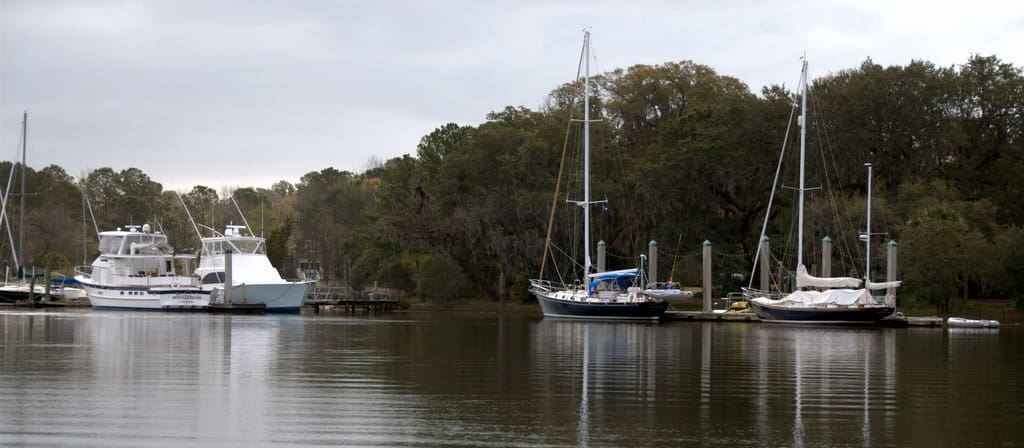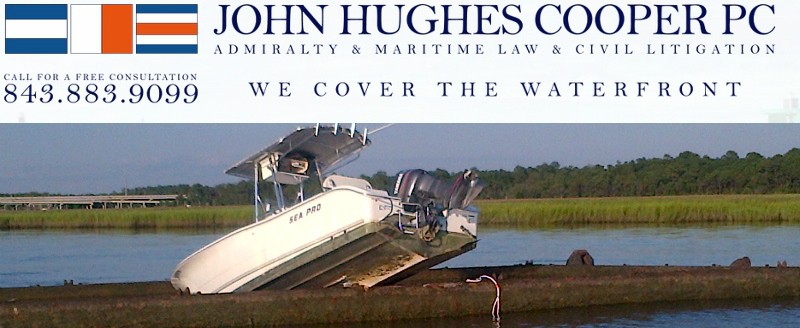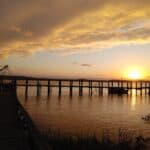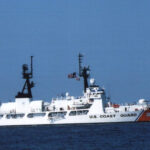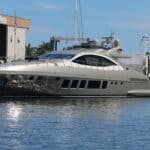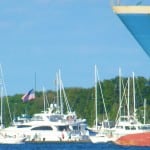Good morning to Captain and crew alike and welcome to the Admiralty Docket. This is John Hughes Cooper with a glimpse into your rights and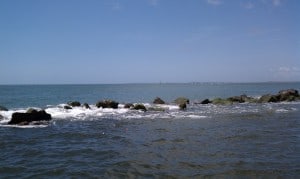 responsibilities at sea and upon the navigable waters. Today our subject is remedies for maritime wrongful death.
responsibilities at sea and upon the navigable waters. Today our subject is remedies for maritime wrongful death.
Causes of action which allow certain surviving relatives of a decedent to recover for the relatives’ own losses, financial or emotional, are called “wrongful death” actions. Causes of action which allow the decedent’s cause of action to survive the decedent’s death and which allow such action to be brought by the decedent’s estate, for the benefit of his heirs, are called “survival” actions.
Historically, the general maritime law provided a remedy for personal injuries to seamen caused by unseaworthiness and for personal injuries to passengers caused by negligence of the vessel owner. But for centuries the general maritime law recognized no liability for wrongfully causing the death of a crewmember or passenger. This rule penalized a vessel owner for wrongful personal injury, unless the victims died from their injuries. Even the U S Supreme Court confirmed the vessel owner’s financial incentive to “finish off the victims” in its 1886 opinion in The HARRISBURG. This was consistent with the laws of the day in most states. As one member of the Admiralty bar has commented, “The main virtues of this rule were ease and speed of application and protection of the careless. The main defect: injustice to widows and children. Where there was a wrongful death, there was a wrong with no remedy.”
During the first years of this century, many states began enacting state wrongful death statutes. In 1920 Congress enacted the Death on the High Seas Act and the Jones Act, two federal statutes which still today provide remedies for maritime wrongful death. In the 1970 case of Moragne v. States Marine Lines the U S Supreme Court overruled The HARRISBURG and held that the general maritime law had changed with the times. In a Moragne cause of action, negligence, or unseaworthiness of the vessel, or products liability may provide the basis for recovery of money damages by the decedent’s dependent relatives for loss of support, loss of personal services, funeral expenses, loss of society, loss of consortium by a spouse, loss of nurture by children, loss of inheritance, loss of fringe benefits, and mental anguish. Survival actions may supplement wrongful death remedies by allowing recovery of money damages for pain and suffering, pre-death medical expenses and loss of wages, and, under aggravated circumstances, punitive damages.
Today, wrongful death and survival remedies may be available for death in maritime situations under one or more of at least 7 causes of action. Actions under the Death on the High Seas Act, the Jones Act, the general maritime law, the Longshore and Harbor Workers’ Compensation Act, and state wrongful death, survival, or workers’ compensation laws all provide remedies under some circumstances. When these causes of action are compared, different acts trigger liability and different classes of beneficiaries may receive different items of damages under each action. Although these overlapping and conflicting remedies have spawned much litigation, under the law the widows and children of those wrongfully killed at sea today are far better off than those in times past who received nothing but an old sea bag and an explanation of the Supreme Court’s lapse in The HARRISBURG.
More next week on The Admiralty Docket. Until then, remember your rights and responsibilities may change as you approach the shore and may God Almighty grant you pleasant sailing.



